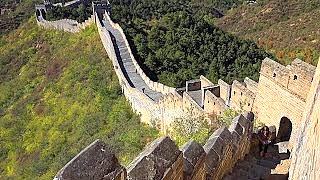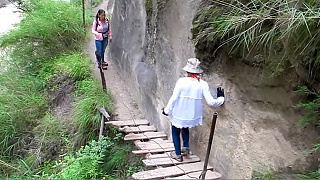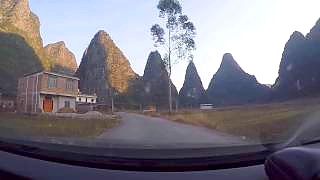With Walk East ...
[640],shadow=true,start=,stop=
Live more ...
 The ancient cities of ShanXi province
The ancient cities of ShanXi provinceWith Walk East ...
[640],shadow=true,start=,stop=

|
Twilight ...
See you again ...
MV - my hometown, NanJing ...
Flowers (one girl band) ...
A little flamenco ...
Can you feel my love ? - with JoySide ...
|

|
This is an awesome stretch of the Great Wall about two hours or so north east of Beijing. Thrilling, peaceful and picturesque ...
|

|
Filmed, edited and produced by : Maarten de Haas.
Places include GuiLin, YangShuo, The Great Wall of China, the 'Avatar mountains' of ZhangJiaJie, DeQin, ShangRiLa, Tibet and Tiger Leaping Gorge.
|

|
The gorge is located about 60 kilometers north of LiJiang in YunNan province.
|

|
A very special world trip by an amazing Chinese family.
Don't miss it ...
|

|
With Where's Poppy and Travelight ...
|

|
Why the real villain is sugar.
With Dr. Sten Ekberg ...
With Dr. Robert Lustig ...
With Dr. William Li ...
|

|
A late afternoon trip through the famous karst peaks, plus views of the Li River at sunset. GuangXi province.
|